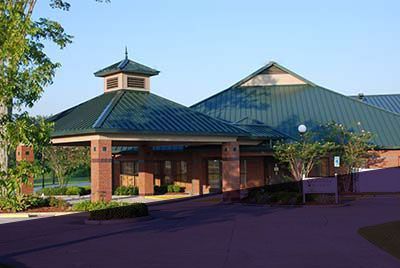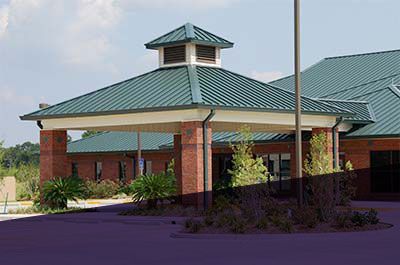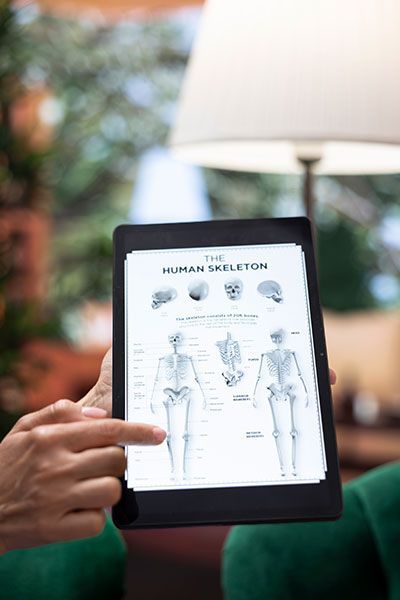Arm Pain
Pain we treat
Arm pain relief
Arm pain can be related to complex regional pain syndrome and many other causes such as muscle strains, nerve irritation in the neck, injuries, or
neuropathy. If you’re dealing with stubborn pain or other symptoms like numb hands and fingers, it’s important to get treatment targeted for your condition. At Headache & Pain Center, AMC, board-certified physician Jimmy Ponder Jr., MD, works with a team of pain relief experts who can give you true relief without major surgery or narcotic drugs. There are two clinic locations in Gray and New Iberia, Louisiana, so call the one nearest you or book your appointment with online scheduling now.
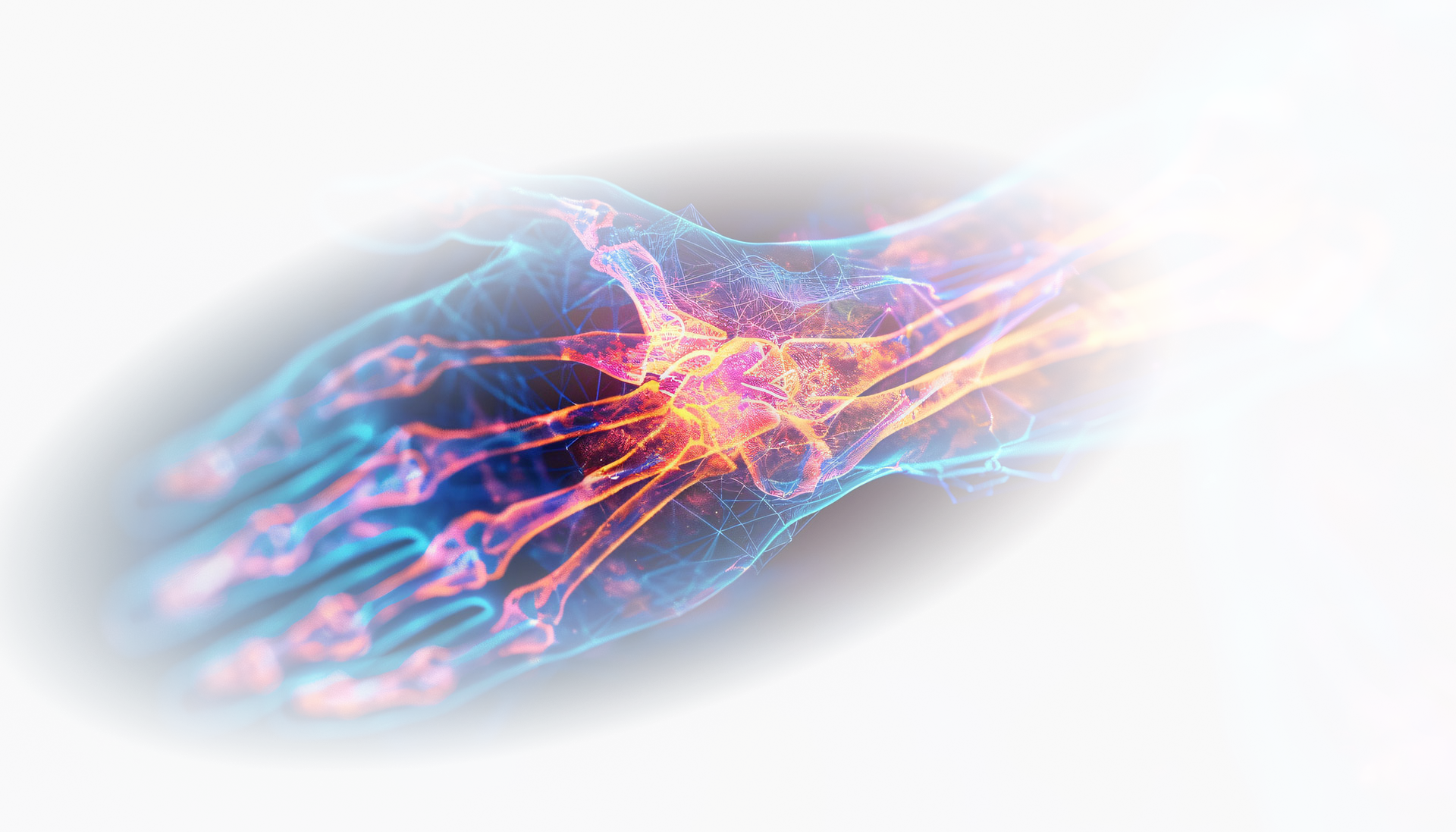
Arm and Hand Pain Q & A's
What causes arm pain?
Common causes of arm or hand pain include:
One type of serious arm pain that the team treats at Headache & Pain Center, AMC, is a form of complex regional pain syndrome (CRPS) called reflex sympathetic dystrophy (RSD). It’s a complicated condition that can affect both your arms and hands.
With many of these causes of arm pain, hand pain and numbness can occur at the same time. This happens because your arm and hand nerves are connected. Although numbness and pain are very different sensations, they’re usually related to the same issue: nerve disruption or damage.
Carpal tunnel syndrome
Joint dislocations
Peripheral vascular disease
Peripheral neuropathy
Muscle strain
relief starts here
What are CRPS and RSD?
CRPS is an uncommon syndrome in which you have persistent pain in one arm. It can also affect one leg. Usually, CRPS starts following some type of injury or a medical event like a heart attack.
CRPS pain is quite severe, and much worse than what’s normally related to the problem that led to it. Approximately 90% of CRPS sufferers have Type 1 CRPS, which is also called RSD.
RSD happens when the illness or injury that started your symptoms didn’t directly impact the nerves in your arm. Eventually, it can lead to tissue atrophy, muscle contracture, and could even prevent you from using your arm at all if you don’t get treatment.
treatment options
Arm pain treatment at Headache & Pain Center, AMC, emphasizes symptom relief without opioid medication or major surgery. The team offers a variety of minimally invasive procedures to treat your arm pain, such as:
- Bracing/splinting
- Topical analgesics for on-demand pain relief
- Botulinum toxin (Botox®) injections for pain relief
- Corticosteroid injections to lower inflammation levels and reduce arm pain
- Nerve block injections to prevent the nerve signals causing your arm pain
- Spinal cord stimulator to intercept nerve signaling and prevent arm pain
The team may also recommend physical therapy, spinal decompression, and transcutaneous electrical nerve stimulation (TENS), as well. The goal is long-lasting arm pain relief so that you can use your arm confidently again.
How do you treat arm pain?
Muscle strains
Muscle strain is caused by overuse or injury to a muscle in your arm. This pain often feels like tenderness, weakness, and may have swelling, bruising, weakness, or limited movement. Sometimes, muscle spasms may occur. Muscle strains in the arm should be treated with rest and ice. Over the counter pain medications such as acetaminophen or ibuprofen are helpful. Physical therapy can also guide you through stretches and strengthening exercises to restore function.
Issues with the neck
Arm pain can be caused by issues in the neck such as degenerative disc disease, spinal stenosis, or brachial plexus syndrome. We offer minimally invasive and highly effective treatment options for degenerative disc and stenosis pain such as epidural steroid injections (ESI) and catheter injections. We offer anesthesia so that you do not have to be awake during these procedures.
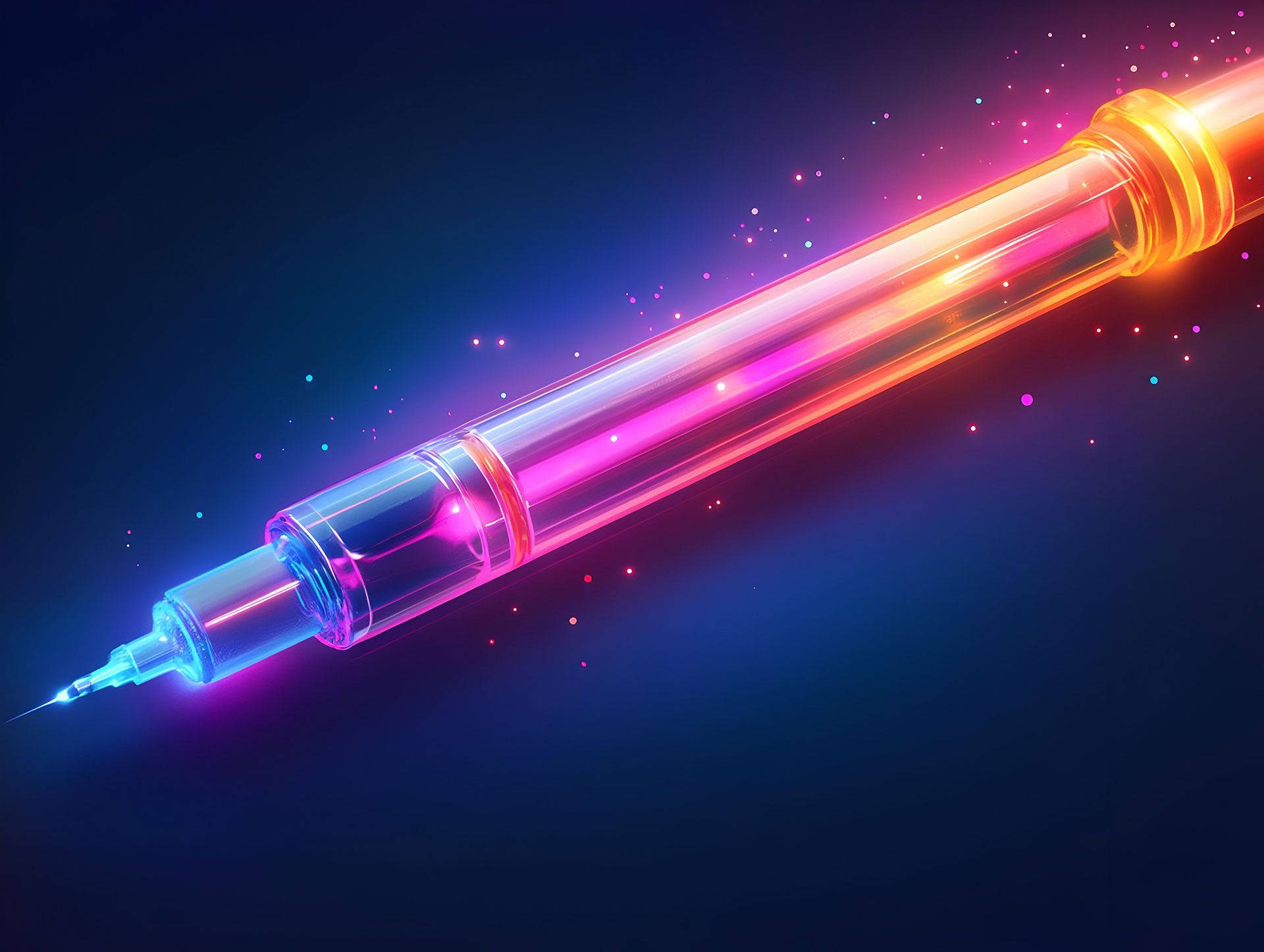
Epidural Steroid Injection
During an epidural steroid injection, X-ray imaging guidance is used to inject a corticosteroid (a powerful anti-inflammatory drug) and a pain numbing agent into the spine. Both medications work together to reduce the swelling in a herniated disc or narrowed stenotic area, and to heal nearby irritated spinal nerves. An ESI is targeted to the exact area where the bulging disc or stenosis is located, which makes it work better than oral pain medications which go all over the body and are unable to focus on a particular area.
The procedure is usually performed in under 15 minutes in the office. Relief can be immediate or take a few days, and lasts for months or years.

Catheter Injection
LEARN MOREDuring a catheter injection, X-ray imaging guidance is used to infuse an anti-inflammatory or pain blocking agent over a larger area of the spine. This procedure is similar to an ESI, but the medication can be spread over a larger area, and stronger medications can be used.
The procedure is usually performed in under 20 minutes in the office. Relief can be immediate or take a few days, and lasts for months or years.
Brachial Plexus Syndrome
Brachial plexus syndrome occurs when there is irritation of the nerve network running from your spinal cord in the neck, through the shoulder, and into the arm and hand. It is caused by injuries, birth defects, tumors, or inflammation. It’s often felt as a sharp, burning pain radiating from the neck into the arm and is associated with weakness in the shoulder and arm. The treatment for brachial plexus syndrome is physical and occupational therapy and pain medications.
Don’t let your arm pain worsen until you can’t function at all. The Headache & Pain Center, AMC, team has a range of cutting-edge solutions to help, so call either office or use the online scheduler now.

